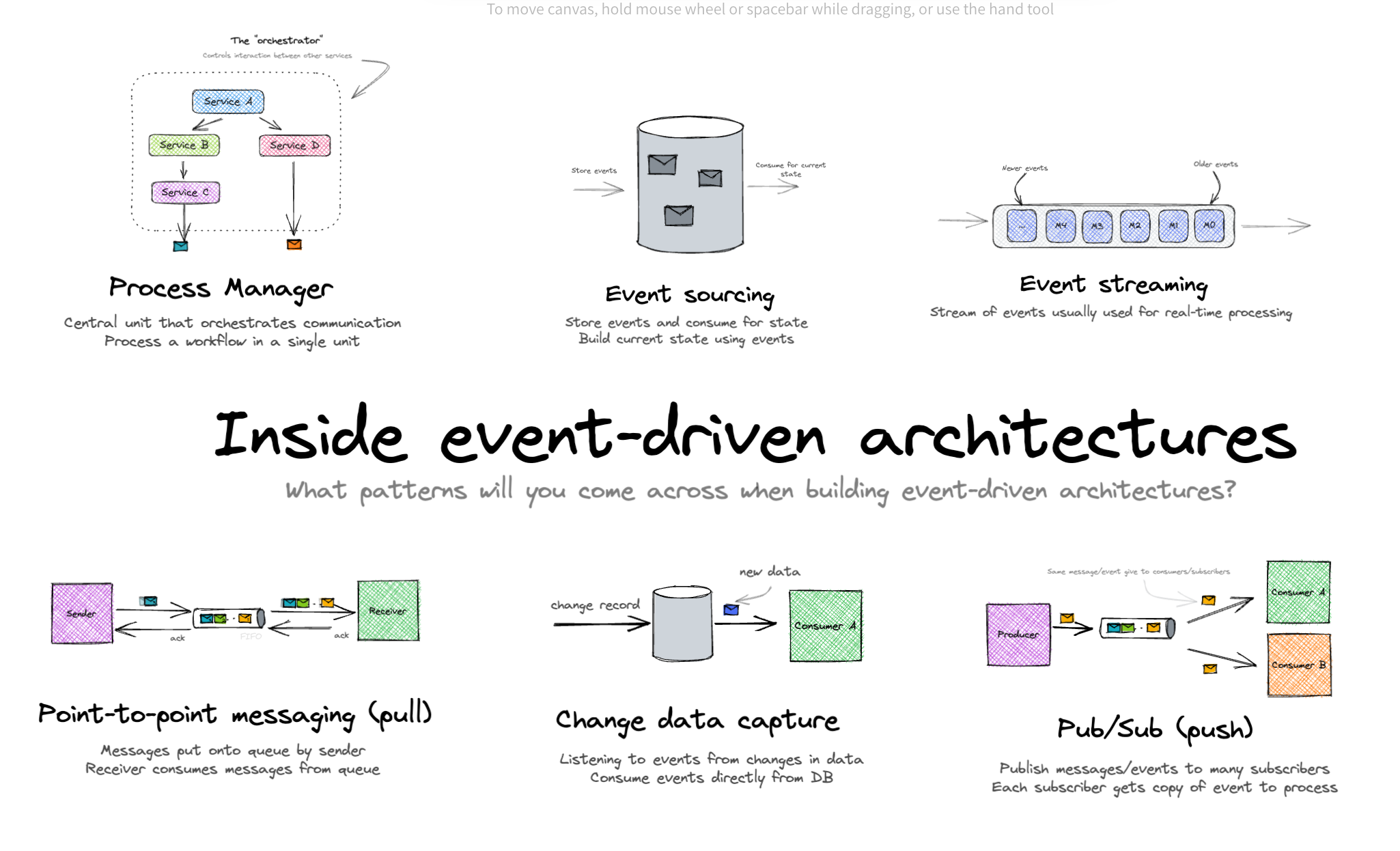
Event-Driven Architecture and LLMs: How Effective Is This Combination?
Event-Driven Architecture: The Hidden Engine of Modern Systems
In a world where data flows constantly and organizations need to react in milliseconds, event-driven architecture (EDA) has become a key approach in the design of modern systems, increasingly used in distributed environments. Its application in processes involving large language models (LLMs) opens a range of opportunities but also brings challenges that must be carefully evaluated.
What Is Event-Driven Architecture?
Unlike the traditional request/response model, in which one service requests something from another and waits for an immediate response, event-driven architecture focuses on the generation and consumption of relevant occurrences. When something significant happens—such as an order being placed, a payment confirmed, or a user registered—an event is emitted. Other services, acting as subscribers, react independently without the producer needing to know them.
Main Advantages
- Decoupling: producers do not depend on which services will process their events.
- Scalability: allows managing large volumes of real-time data.
- Flexibility: makes it easier to add new services that can react to existing events.
- Resilience: a consumer’s failure does not affect the producer, and with brokers or queues, processes can retry execution.
Challenges to Consider
- Complexity in design and monitoring: flows are asynchronous and not always linear, which makes debugging harder.
- Delivery guarantees: one must decide between policies like “at least once,” “exactly once,” or “at most once.”
- Eventual consistency: data is not synchronized instantly, requiring a mindset shift compared to more rigid transactional architectures.
Comparison with the Request/Response Model
The traditional request/response approach (typical example: REST) is simple, direct, and has clear traceability, making it a good option for synchronous and punctual operations such as user authentication or profile queries. However, it is limited by its strong coupling and lower fault tolerance.
Event-driven architecture, by contrast, shines in distributed scenarios with multiple microservices, IoT environments, e-commerce, or financial platforms where real-time processing is critical. Its ability to scale and adapt makes it the natural choice when agility is the goal.
Which One to Choose?
It’s not about discarding one in favor of the other, but rather combining them strategically. While request/response is ideal for synchronous operations requiring immediate feedback, events enable orchestrating complex asynchronous processes, ensuring systems can grow and quickly adapt to business needs.
In short, the key lies in understanding the strengths of each approach and using them as complementary building blocks in modern architectures.
Integrating LLMs into Event-Driven Architectures
The arrival of large language models (LLMs), unsurprisingly, opens new possibilities within this paradigm. Integrated into an EDA, these models act as intelligent consumers capable of enriching data in real time, automating complex decisions, or generating contextualized responses asynchronously. From stream analysis in financial platforms to instant personalization in e-commerce, LLMs become key components that enhance responsiveness and bring higher resolution to distributed systems.
Main Advantages
Natural Asynchrony
LLM inferences are not instant. With EDA, the system doesn’t get blocked: a producer publishes an “inference request” event, and the consumer processes it when the LLM responds.
Scalability
Event brokers absorb load spikes and distribute requests among multiple consumers, making horizontal scalability easier.
Decoupling
The service needing inference does not have to know how the LLM is implemented or its capacity. It only emits an event and awaits the result.
Modular Pipelines
EDA allows flexible chaining of stages: preprocessing → context retrieval (RAG) → LLM inference → postprocessing → client notification.
Resilience
If a consumer fails, the event can be retried or redirected to a dead-letter queue without halting the entire flow.
Real-Time Updates
In RAG-based architectures, changes in data sources can be immediately propagated via events to the vector index feeding the LLM.
Adaptive Orchestration
When multiple agents and auxiliary tasks are involved, event-based coordination allows more dynamic flows compared to rigid request/response models.
Challenges and Limitations
Latency and Consistency
Ensuring event ordering and coherence in complex flows is not trivial.
Operational Complexity
EDA requires queue infrastructure, monitoring, traceability, and lifecycle governance of events.
State Management
LLMs require context. Maintaining shared memory across distributed components is challenging.
Errors and Compensations
If a stage fails, retry and compensation mechanisms must be defined to maintain flow integrity.
Schema Evolution
Changes in event structures must be managed with compatible versions to avoid breaking consumers.
Messaging Overhead
If events are too granular, the infrastructure may saturate with overhead instead of useful work.
Reproducibility
Debugging and auditing distributed event-based processes can be complex.
Accumulated Latency
Each stage adds its own delay, potentially lengthening response times.
How Effective Is It in Practice?
- In applications with multiple stages, collaborative agents, or data enrichment, EDA is highly effective.
- In simple cases (a single call to an LLM with immediate response), it may be overengineering.
- In high-concurrency or variable-traffic environments, EDA helps manage load and avoid bottlenecks.
- In applications requiring shared memory or persistent context, good state management design is essential.
Recommendations
- Define semantically meaningful events, avoiding excessive granularity.
- Centralize state in external stores to maintain coherence.
- Include traceability metadata in all events.
- Use versioned, compatible schema formats.
- Design clear error-handling routes with retries and backup queues.
- Apply backpressure to control load and protect the LLM.
- Combine EDA with central orchestration when flows require strict coordination.
Event-driven architecture enhances the effectiveness of LLMs in complex and dynamic scenarios. The key is to balance flexibility with careful management of complexity, state, and traceability.